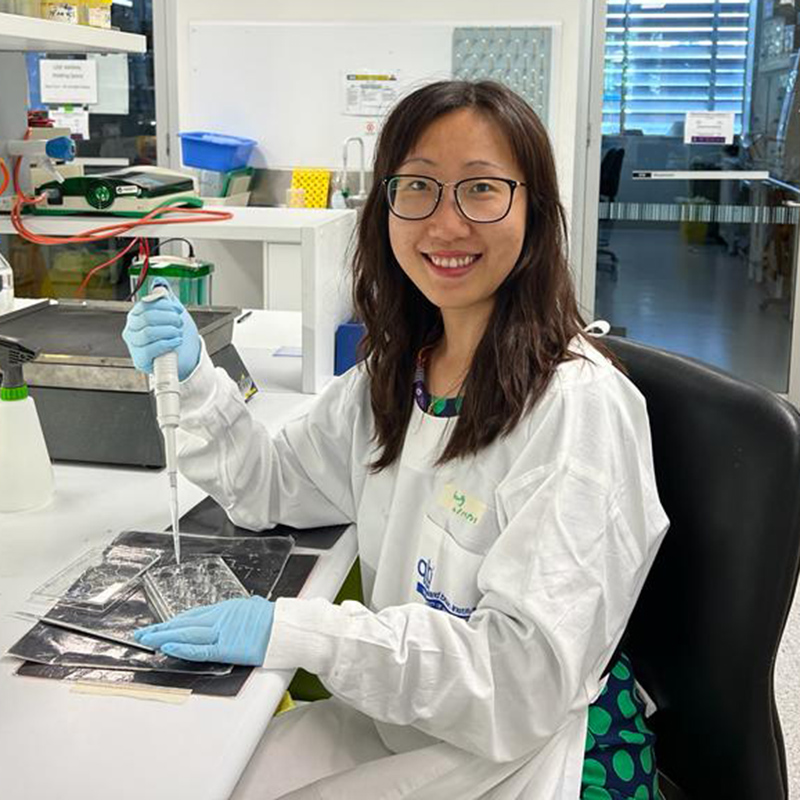Communication between two regions of the brain – the hippocampus and the prefrontal cortex (PFC) – is essential for recognition memory, new research at the Queensland Brain Institute shows.
This mechanism is critical for storing and recalling memories, lost in people with Alzheimer’s disease and amnesia, said lead author Dr Cong Wang.
“Recognition memory helps us distinguish familiar objects and places from new ones and guides our behaviour, such as being flexible, adaptive and goal-oriented,” Dr Wang said.

The hippocampus makes new memories and keeps them short-term, forwarding them during sleep to the PFC for long-term storage, Dr Wang said.
Both regions are needed to retrieve memories, meaning they are lost to people with Alzheimer’s disease who lose the communication channel.
“Previous research looked only at the hippocampus and did not identify communication between the two regions,” Dr Wang said.
“Our research is the first to identify the pathway between the regions and represents a major advance in the field.
“We now know that communication between the regions is important for memory retention.”
Brain disorders linked to abnormal communication between regions
Several disorders including schizophrenia, Alzheimer’s disease and depression have abnormal communication between the hippocampus and the PFC, Dr Wang said.
“That means this study may also have implications for the development of novel circuit-based therapeutic interventions for these disorders,” she said.
Future QBI research in the laboratory of Professor Pankaj Sah will focus on different brain cell populations involved in storing and retrieving memories – and studying how they interact.
“We want to understand the mechanisms – how cells communicate to facilitate memory retrieval, so that we can manipulate the cell types and see their individual roles.”
The research has been published in The Journal of Neuroscience (doi.org/10.1523/JNEUROSCI.1202-21.2021).



